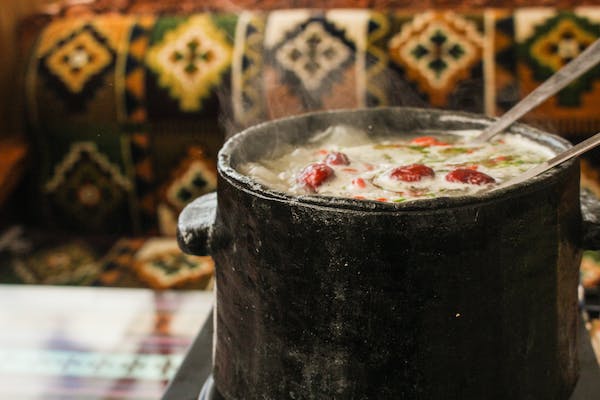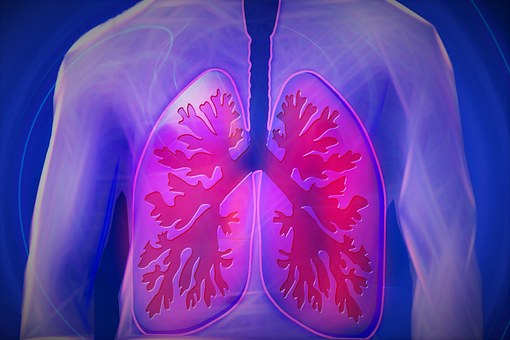Tibet is a beautiful place filled with unique culture and mysticism. However, due to the politics of the region, many Tibetans and their families have been forced to flee their homeland and search for freedom elsewhere. This article examines the difficulty and courage that is required of those who choose to make the roundabout journey from Tibet to Canada.
When leaving Tibet, often the paths eastward are inaccessible and unfamiliar due to the political instability in the region. Therefore, many Tibetans have to take a much more roundabout route to reach their destination. This means first travelling south through India, Nepal or Bhutan, and then onward to countries with high political stability such as the United States or Canada.

The journey is long and arduous, and it can take up to several years to complete the lengthy process of immigration. Travelling without basic necessities such as food, water, shelter, medication can be extremely hard and dangerous, particularly for those without significant financial resources required for the journey.
Despite all the risks, Tibetans attempt the journey in hopes of finding basic human rights that are denied to them in Tibet. In order to make the journey, families often must separate to cover different travel routes and countries to increase the chances of success. As this takes an emotional as well as a physical toll, many times family members do not reunite until they arrive in their destination country.
Fortunately, a number of organizations have risen to the challenge to help Tibetans on their way. Non- profit organizations such as Students for a Free Tibet offer assistance to those attempting to flee Tibet, including aid in the form of refugee identification cards, necessary documents and financial assistance.
Once refugees have made the journey successfully, they then face the challenge of starting a new life in Canada. Despite the fact that the Canadian Government grants refugee protection to those who have fled Tibet, a lack of basic education and language skills can make it very difficult to find employment and integrate into society.
Despite the difficulties, many Tibetans have managed to find success in Canada. They have used their courage and perseverance to become successful entrepreneurs, academics and members of their local communities. Through their hard work and dedication, they are able to raise awareness of the continuing struggle of Tibetans both in the diaspora and in their homeland.
The Journey from Tibet to Canada is a testament to the courage, strength and sheer determination of the Tibetan people. Despite all the adversity and danger they endured on their journey, they have not given up hope of finding a better life in a free country such as Canada. The story of the Tibetan refugees serves as a reminder of the heroism of those who seek and struggle for freedom in spite of all odds.







